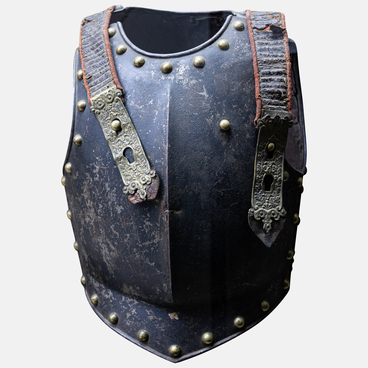The art collection of the Ulyanovsk Regional Museum of Local Lore named after Ivan Goncharov houses a watercolor drawing of the Karamzinsky garden square and the monument to Nikolay Mikhailovich Karamzin by the artist, teacher, ethnographer and local historian Dmitry Ivanovich Arkhangelsky.
Dmitry Ivanovich Arkhangelsky was born on February 22, 1885, in Simbirsk; in 1904, he started to study painting under the famous landscape artist Pavel Ilyich Puzyryovsky, who ran his own art studio in Simbirsk. In 1913, Arkhangelsky successfully passed the exam and earned the title of drawing teacher at the Academy of Arts. In 1916, he was called up to the front. At the front, he made many landscape sketches and painted portraits of soldiers. In 1918, the artist returned to Simbirsk. In his hometown, Dmitry Arkhangelsky organized several exhibitions of his paintings and paintings by Simbirsk artists: Nikolay Fyodorovich Kushmansky, Pyotr Semyonovich Dobrynin, Azary Ivanovich Trapitsyn, Alexey Nikolayevich Ostrogradsky and others. In the early 1920s, the artist created a series of linocuts, drawings and watercolors dedicated to the architecture of Simbirsk.
In 1921, the book “Simbirsk Legacy in Arkhangelsky’s Graphics” was published. The subjects of the drawings are very diverse: these are historical buildings and architectural monuments — the house of the Yazykov nobles, the Masonic gazebo in Vinnovskaya Grove, the Gostiny Dvor, as well as typical Simbirsk wooden buildings with mezzanines and balconies for admiring the Volga views, merchant shops, courtyards and porches. The book has a whole section dedicated to the churches of Simbirsk and the surviving noble estates. A large number of Arkhangelsky’s drawings are provided with explanations from the artist himself, describing each depicted monument.
The monument to a native of the Simbirsk Governorate, Nikolay Mikhailovich Karamzin, was erected in Simbirsk in 1845 according to the design of Samuil Ivanovich Galberg, a sculptor and Academician of the Imperial Academy of Arts, at the expense of the Simbirsk nobles. Emperor Nicholas I, who visited Simbirsk on August 22, 1836, was the one to choose the location. The sculpture was made in the classical style. A majestic statue of the muse of history, Clio, rests on the pedestal. The bust of Nikolay Karamzin was placed inside a round niche of the pedestal. The pedestal is decorated with two high reliefs providing the details of the historian’s life. The inscription on the pedestal, made in overhead letters, reads:


